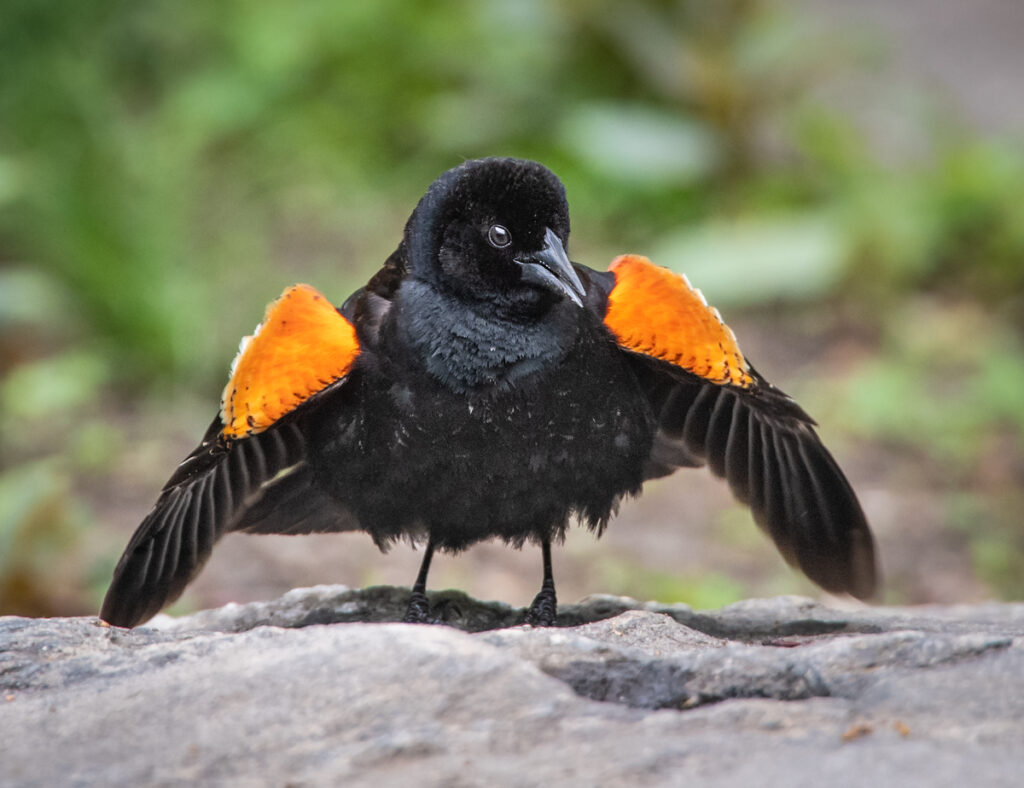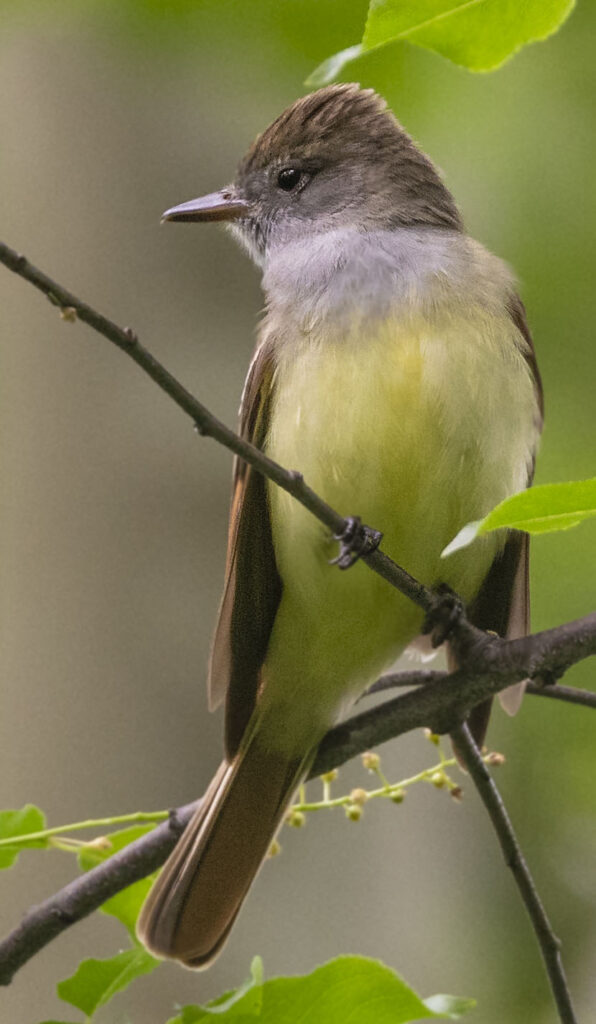
“King of the Park”, “My hero!”, “Living his best life”; “Irresponsible and dangerous”, “A problem for native species”, and “He’s at risk now more than ever”. These are some of the thousands of results that come up if you search for #FlacotheOwl on social networks.

Flaco became an overnight sensation in New York City and across the internet after being released from his Central Park Zoo enclosure on February 2nd by an unidentified perpetrator. Flaco is a Eurasian eagle-owl, a genus that comprises the largest owl species in the world. In Africa, Verreaux’s eagle-owl is the largest owl in the Tropics, which Owen was lucky enough to spot on a 2016 trip to the Belmond Khwai Rover Lodge in Botswana, where he also photographed a Spotted eagle-owl. While this bird is actually the smallest of the eagle-owl family, an adult still sports a wingspan of four and a half feet.

Flaco has drawn attention not only because of his circumstances, but also because he is an exceptional beauty. Humbled by the very rare Blakiston fish owl, Eurasian eagle-owls are the second largest owl in the world with an impressive wingspan of over six feet, and the characteristic ear tufts aloft those glowing orange eyes, combined with mottled golden, brown, black, and white streaked plumage makes this bird a sight to behold. It is little wonder the crowds are gathering.
Motives behind the break-out are unclear; the obvious is animal liberation, and if this was the reason, whether misguided or justified, one thing is apparent – internet denizens who are condemning his release are finding themselves up against a tide of celebration, parallels drawn to personal lives, elevating Flaco as a symbol of freedom against oppression. Having spent all his 12 years of life in the Zoo, the fact that Flaco is adjusting to life on the outside is also being hailed as a typical New Yorker trait: a survivalist, resilience in the face of adversity. Anthropomorphic comparisons like this are of course expected; we can’t help ourselves and most of the time, there is little harm in hopeful if erroneous projection.

While there will always be armchair experts with opinions as unfounded as those they oppose, there are people who rightly emphasize that only the true experts can decide if Flaco’s relocation is to be lauded or feared. Breeding season is here, and ornithologists are concerned for both Flaco and the native residents of Central Park. Competition for territory is always high in urban environments and any newcomer will be unwelcome. Predators are routinely attacked by smaller birds via mobbing behavior to protect nest sites. Red-winged blackbirds are common in New York’s parks and mob people during breeding season, where a favorite tactic is to approach from behind. While Flaco has followed his hunting instincts, he has never encountered any other species apart from humans – he may not be equipped with ways to defend himself. Physical injury aside, stress is a killer as birds are exceptionally vulnerable to experiential trauma. Only time will tell, and after failed attempts at recapture, Central Zoo staff have decided to monitor him from a distance and let him be.

Whatever your views on this incident, a cause for celebration does lie within the deluge of hash tagged stubborn certainty – an interest in avian life, where before there was none. Scrolling through comments, there is on average one in every ten from those who had no idea owls could even look like this; that owls already lived in Central Park; that species from other lands could live in an alien world; that birds other than pigeons even existed in cities. Located on the Atlantic Flyway, at times Central Park is home to over 200 species, among them the great-crested flycatcher, the most widespread of flycatchers – but you need to look up as they rarely land on the ground. Flaco has been sighted in close proximity with a Cooper’s hawk and a Red-tailed hawk, two other species that have elicited amazement from those who never think to turn their eyes treeward. Owen photographed both those species in Central Park on a visit to NYC in February 2016, a perfect time to spot amazing birds in the naked branches. Naivety and wonder are being replaced by a thirst to know more.

As is profoundly common in the world of birders, people are on hand to willingly offer information and advice such as leaving Flaco to rest during the day as he is crepuscular, coming out at dusk to hunt. Hooting at him is gently but firmly discouraged, with the explanation this can disorient him, leading to stress. There are countless “I never knew that, thanks for telling me!” responses on Twitter, a platform not exactly known for its pleasantries among strangers.
Any opportunity to educate about the world of birds should be greeted with enthusiasm; some are advocating Zoo staff come out and deliver quiet, informative chats with those gathering under trees in the hope of seeing Flaco, instructing them on what his survival chances are as long as certain conditions are met: peace, respectful distance-keeping, not outstaying your welcome. Others warn this may encourage more people, making a circus out of the situation, and it would be best if we just let the fanfare fizzle out, save for the occasional visitor.
Whatever happens and whoever is right, one thing we can take from this is that Flaco is not the only rare sighting in the past few weeks: there has also been a seldom-seen glimpse of a network of like-minded souls doing what it does best – sending out waves of factual knowledge and love, satisfying curiosities while inviting more. Now is the time to do as the owl does: be observant, vigilant, silent; and learn.


